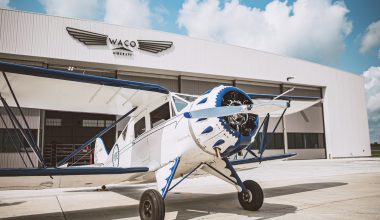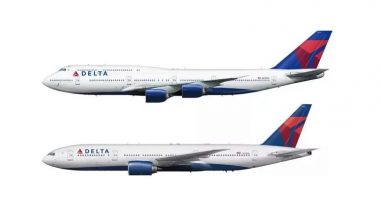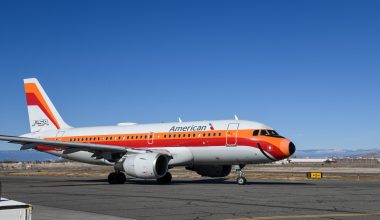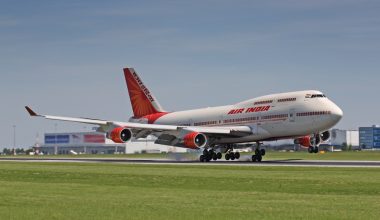When it comes to remote sensing, the question of what to use, aerial photos or satellite images, arises. Aerial photography is made from an airplane or a drone, while satellite imagery is made by an artificial satellite orbiting the Earth. Images retrieved from aerial vehicles or satellites can be used in different spheres for various purposes. Each method of imagery acquisition has its advantages and disadvantages depending on the area of research, the period for which data needs to be collected, and more.

What Aerial Pictures and Satellite Imagery Can Offer
Digital satellite pictures of Earth have become a breakthrough technology, creating many modern geoinformation services. But, there are several physical and economic limitations to its development: the large distance at which the imagery is taken limits the possible resolution. In addition, cloud cover makes it impossible to collect images in any weather. Consequently, satellite imagery is extremely difficult to obtain for tropical rainforest regions. However, modern radar satellites and cloud-masking technology have allowed for more frequent retrieval of cloudless images. For instance, you can find cloudless satellite images of Earth in EOSDA LandViewer software and analyze them right there too.
Also Read: Commercial Planes could fly with Artificial Intelligence as Boeing foresees shortage of new pilots
The advent of reliable drones with long-range and high-resolution photographic optics has made it possible to remove the limitations inherent to satellite imagery. Drones can take images of a very high resolution in a very short time. In addition, drones are easier to equip with multispectral cameras, which greatly expands the possibilities of their application.
Modern drones can be used for virtually any type of aerial photography. They can also operate at low altitudes a few meters above the ground. They are successfully used when in need of:
- Horizontal high-altitude and low-altitude imagery
- Perspective high-altitude and low-altitude imagery
- Cartographic, vertical (nadir) imagery from different heights, taking into account detail requirements;
- Panoramic, including spherical imagery.
The main advantage of satellite images is the ability to quickly obtain huge amounts of information that is impossible via aerial photography. Let’s compare these types of imagery acquisition according to a few important criteria.
Effectiveness
Satellites can perform remote sensing projects more efficiently than airplanes. The key difference is the speed and ease with which satellites can cover thousands of square kilometers in minutes without the complicated logistics of scheduling aircraft or drone flights. Aircraft and drones face major constraints: the user must obtain airspace permits, plan for suitable takeoff and landing points, and comply with ever-changing restrictions on inspecting the area. Aerial monitoring also depends on weather conditions. Satellites simply don’t have any problems (except the cloud factor). They can easily collect data from isolated, conflicting, or transboundary locations. This is especially important for large-scale mapping projects, which may require multiple flights for manned or unmanned aerial vehicles.
Shooting Possibilities
Satellite imagery providers can acquire images in different spectral bands, and the number of bands can be in the hundreds (hyperspectral imagery). It is also possible to perform single-pass imaging without requiring multiple flights by several specialized aircraft. These images offer reliable data for creating digital elevation models and 3D maps. The 30-cm resolution satellite images available thanks to most modern satellites enable the identification of such objects as utility lines in a residential area, crop types and field boundaries, vehicle types, and more.
Remote Areas Monitoring and Historical Data Collection
Satellites can reach areas of interest that are difficult to get to or inaccessible by any other means and offer predictable and frequent update schedules. Due to modern spacecraft offering close to real-time satellite views of our planet, users can collect data on the same area of interest at specific intervals. More so, the amount of imagery collected over time by satellites compared to aerial photos offers enhanced change analysis possibilities. Users can take advantage of historical data for modeling and forecasting, which is critical for trend analysis, mass-scale anomaly detection, profitability estimation, etc.
There is currently no shortage of software developed for searching, comparing, and analyzing satellite imagery for different purposes. One such is EOSDA LandViewer — a digital catalog of satellite pictures where users can search, analyze, and download images depending on their needs and area of interest.
The platform offers ten spectral indices by default for imagery analysis, plus an opportunity to create your indices using combinations of available bands. Users can perform effective change detection by comparing historical and most up-to-date satellite images of the same area. More so, the pictures compared can be taken by different satellites and even at different times of the day. The split view mode and time series analysis allows for visualizing the changes in a time-lapse animation.
Which To Choose?
The answer to this question depends on the area that needs to be monitored, the data that needs to be retrieved, the period for which the information is required, the remoteness of the area of interest, and other criteria. Very frequently, businesses use both drones and satellite data, benefiting from the strong point of each technology. It increases the efficiency and reliability of monitoring thanks to both types of images, either denying or validating one’s data.






